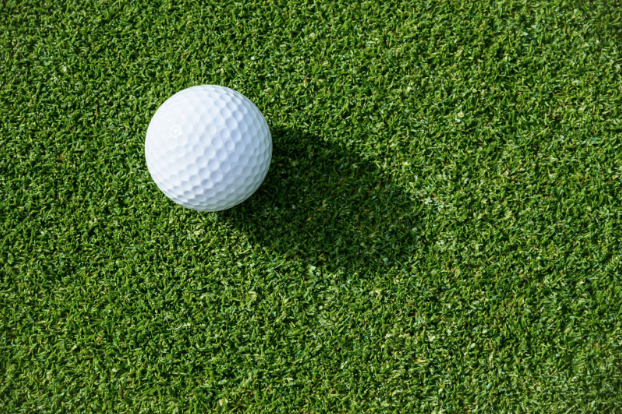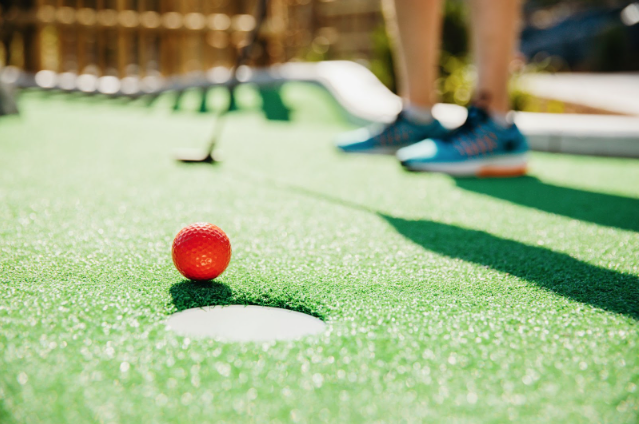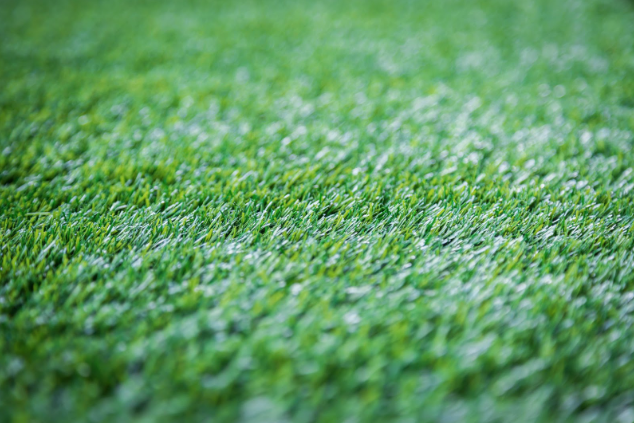- (209) 646-9755
- [email protected]
- Mon - Fri: 9:00 - 5:00

Firstly, evaluate the available space in your backyard and carefully consider the dimensions for your artificial putting green. Assess the shape of the area and any potential obstacles that may affect the layout. Take note of the distance between the putting green and other structures or property boundaries to ensure compliance with regulations and create a safe environment. By thoroughly analyzing the available space, you can determine the ideal size for your putting green and maximize its usability within the given area.
When designing your artificial putting green, consider the overall layout and aesthetics to enhance both functionality and visual appeal. Plan the placement of contours, slopes, and undulations to add challenges and mimic the natural undulating surface of a real golf course. Incorporating different elevations and strategic design elements will make the putting green turf more engaging and enjoyable. Additionally, ensure that the design seamlessly integrates with the rest of your backyard, complementing the existing landscape and creating a cohesive outdoor space. Taking the time to carefully plan the design and layout will result in a visually appealing and captivating putting green experience.

The foundation of your artificial putting green is crucial for its long-term performance and durability. Begin by clearing the area of any existing vegetation, rocks, or debris that may affect the installation. Next, ensure that the ground is properly leveled to create a smooth and even surface. Proper compaction of the soil is essential to prevent future settling or unevenness. By investing time in thorough base preparation, you provide a stable and solid foundation for the putting green turf, ensuring optimal performance and minimizing the risk of any issues down the line.
Adequate drainage is vital to prevent water accumulation and maintain the condition of your artificial putting green. Consider the natural slope of your backyard and plan for proper grading to ensure water flows away from the artificial putting green. If necessary, you may need to install a drainage system to efficiently redirect excess water. Choosing high-quality materials with excellent drainage properties for the base and turf can also contribute to effective water management. Proper drainage will protect your putting green from water damage, minimize the risk of mold or mildew growth, and ensure a consistent playing surface throughout the year.
Is your pup a professional hole digger? Maybe they perform the old sprint and pivot maneuver when they get excited? Say goodbye to constantly filling holes and divots. Artificial grass is extremely durable and can withstand the destruction caused by curious or excited dogs. This pro ties in with the “less maintenance” clause; artificial grass practically takes care of itself!
Selecting the right synthetic turf for your artificial putting green is paramount to achieving a realistic and high-performance putting green. Look for turf specifically designed for putting greens, with features such as a low pile height, high density, and excellent ball roll characteristics. Consider the durability and resilience of the turf material to withstand frequent use and varying weather conditions. Additionally, opt for a turf that closely simulates the look, feel, and performance of natural grass to provide an authentic putting experience. Research different options, consult with turf specialists or manufacturers, and request samples to make an informed decision about the best synthetic turf for your putting green turf.
The selection of appropriate infill materials greatly influences the ball roll and playability of your artificial putting green. Infill materials like sand or rubber granules help control the speed, firmness, and ball behavior on the surface. Consult with experts or manufacturers to determine the ideal infill type and amount based on your desired ball roll characteristics. Properly distributing and maintaining the infill over time is crucial to maintain the desired playing performance of the putting green. Regular brushing and occasional infill top-ups may be necessary to ensure consistent ball roll and overall playability.

Regular maintenance is necessary to preserve the quality and longevity of your artificial putting green. Establish a maintenance routine that includes brushing the turf to prevent matting and ensure even fiber distribution. Remove any debris, such as leaves or twigs, to maintain a clean playing surface. Periodically check and replenish the infill material as needed to maintain consistent ball roll characteristics. Additionally, inspect for any signs of wear or damage and address them promptly to prevent further deterioration. Following a regular maintenance schedule will help preserve the aesthetics, playability, and lifespan of your artificial putting green.
Consider the climate in your area when selecting materials and planning for your artificial putting green. Different turf materials and infill options may perform better in specific climates. For instance, if you live in a hot climate, choose turf that is resistant to heat and UV degradation. If your area experiences heavy rainfall, ensure proper drainage systems are in place to handle excess water. Additionally, extreme weather conditions such as high winds or snow may require additional protective measures, like covers or shelters, to safeguard your putting green. Taking climate factors into account will help ensure the durability and year-round usability of your artificial putting green.
Establishing a realistic budget is essential for your putting green turf installation project. Costs can vary based on factors such as the size of the artificial putting green, the quality of materials, any additional features, and professional installation if required. Research the prices of synthetic turf, infill materials, and other necessary components. Consider any additional expenses, such as landscaping around the putting green or lighting for nighttime use. By setting a budget in advance, you can make informed decisions and ensure that your artificial putting green project remains within your financial means.
Before installing an artificial putting green in your backyard, check with your local authorities or homeowner’s association to determine if any permits or regulations apply. Some jurisdictions may have specific guidelines regarding the installation of outdoor structures or landscaping modifications. Ensure that your project complies with all applicable rules and obtain any necessary permits or approvals. By adhering to local regulations, you can avoid potential legal issues and ensure a smooth installation process for your artificial putting green.
In conclusion, installing an artificial putting green in your backyard requires careful consideration of various factors. By taking into account aspects such as space and size, design and layout, base preparation, drainage, synthetic turf selection, infill and ball roll, maintenance, climate considerations, budget, and permits and regulations, you can create a functional and visually appealing putting green that provides a realistic and enjoyable golfing experience. Planning and attention to detail in each of these areas will contribute to the longevity, performance, and overall satisfaction of your backyard putting green. Whether you’re a golf enthusiast or simply looking to enhance your outdoor space, an artificial putting green can be a valuable addition to your backyard that offers both entertainment and aesthetic appeal.